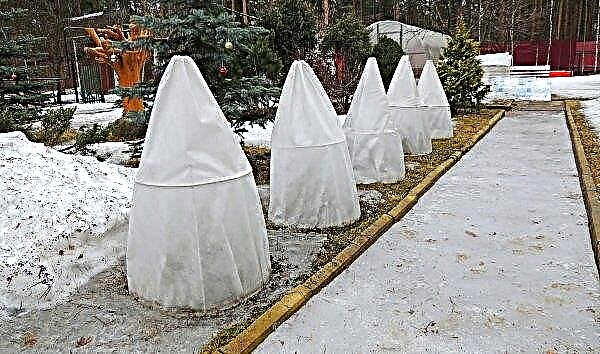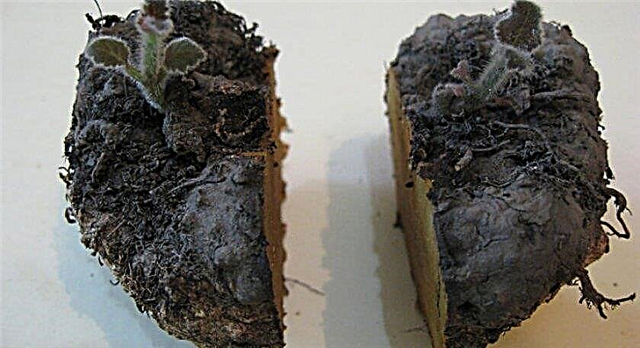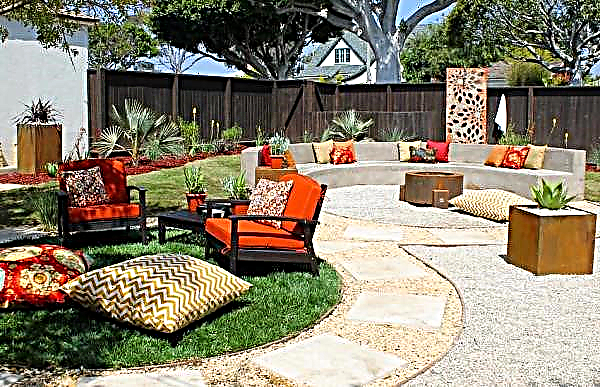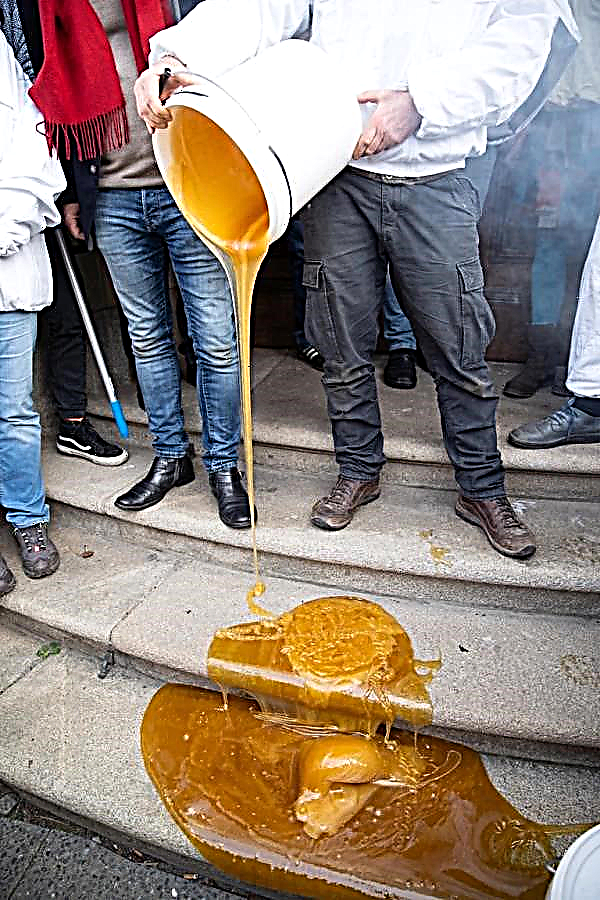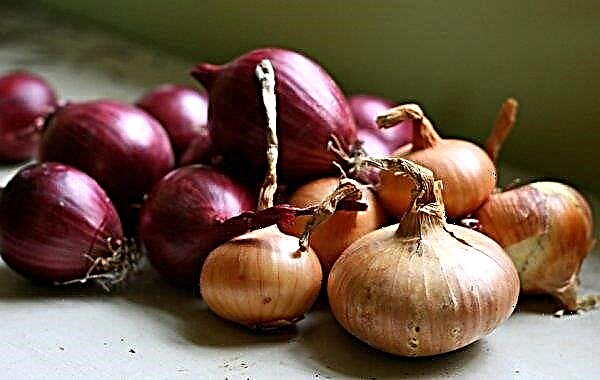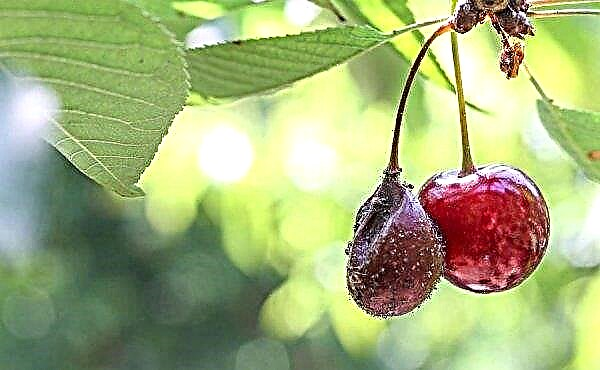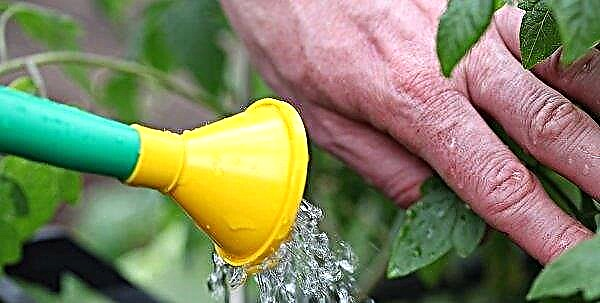A greenhouse is a closed structure that allows you to maintain certain temperature conditions. Such designs are usually used to improve the survival rate of cultivated plants and accelerate their growth. They are also indispensable for indoor flowers, especially those that are used to growing in a humid and warm climate. Today we will focus on the construction of greenhouses for orchids that have no roots.
Why do we need a greenhouse for orchids?
When growing orchids, a situation sometimes arises when urgent resuscitation of an adult flower is needed, which for various reasons has lost roots or foliage. Orchids, and especially representatives of the phalaenopsis genus, come from humid tropics, and it is difficult for them to survive indoors, even as healthy plants. Damaged flowers without the usual microclimate will not be able to recover. It is to create such a microclimate that will help the plant grow roots or foliage, and greenhouses are needed.
When the flower restores its roots, it will no longer need the greenhouse, but only if you manage to maintain the temperature and humidity necessary for the life of the orchid in the room.
Important! So that the flower can quickly recover in the greenhouse, it needs to be ventilated daily, and also wipe the walls from condensation.
Types of greenhouses for orchids
The greenhouse for phalaenopsis and other orchid representatives can be crafted from any improvised materials.
From a plastic bottle
This is the simplest version of the greenhouse, and it can only be used for 1 flower. For the construction of such a greenhouse, a plastic bottle of 5-10 liters is used. The neck or bottom of it must be cut off so that a flower can be placed inside. And so that the orchid does not fall without roots, it must be tied to the walls of the bottle. If the design is such that it is difficult to ventilate, then in the part of the bottle that serves as the ceiling, you can make a hole and attach a cooler from the computer on top to pump air inward. Air must leave the greenhouse through slots in the lower part of the structure. The cooler should be turned on daily, for 10 minutes.
If the design is such that it is difficult to ventilate, then in the part of the bottle that serves as the ceiling, you can make a hole and attach a cooler from the computer on top to pump air inward. Air must leave the greenhouse through slots in the lower part of the structure. The cooler should be turned on daily, for 10 minutes.
Did you know? The first specimen of the phalaenopsis genus was brought in 1752 by Pastor Per Obsek to England from a small island near Ternate (an island in eastern Indonesia). He sent a dried flower to Carl Linnaeus, who described it and gave the name "Epidendrum amabile" ("lovely epidendrum" from the word "epidendrum", which means "living on a tree").
From transparent plastic boxes
In many homes, you can find a plastic box from under the cake or pastries. Even if not, then buy such a plastic container is not difficult. The presence of a cover in it is a big plus, since nothing needs to be cut off, there is always free access to the plant, the structure is easy to ventilate. The bottom of the box should be covered with suitable material, the orchid should be fixed on it in an upright position and placed in a warm, well-lit place.

From a glass, volumetric container
A great option for a greenhouse would be an old aquarium or terrarium, especially if it has a lighting system. Converting a tank is easy. The bottom just needs to be covered with sphagnum and fixed in it a flower so that it is suspended, but at the same time it touches the moss. In such a capacity, you can place more than one plant.
Cover the aquarium or terrarium with a transparent cover, which will allow you to ventilate the greenhouse. If there is no aquarium, and there is only one orchid, then you can use a three-liter jar.
Video: Greenhouse for a glass vase orchid
Film frame
If you need to build a rectangular structure for a large number of flowers, you can make a greenhouse frame from thick wire. As a covering material, a simple cling film or transparent oilcloth is suitable. Such a structure is easy to assemble and just as easy to dismantle, convenient to store and ventilate.
Did you know? In 1825, the botanist Karl Blume (Denmark), traveling through the jungle of the Malay archipelago and exploring the surroundings on a small island through binoculars, at dusk took the orchid flower for a white night butterfly. Remembering his mistake, he named the genus of plants Phalaenopsis (“moth-like”) and renamed the first representative of the genus described by Linnaeus, from “adorable epidendrum” to “adorable phalaenopsis”.
Plastic bag
In extreme cases, if you don’t have plastic bottles and boxes at hand, there is no way to make a frame out of wire, and you need to save the flower urgently, you can use an ordinary cellophane bag. The pot should be filled with a suitable substrate, an orchid should be placed in it, which must be attached to the flowerpot using rubber bands or other elastic material to the flowerpot. From above, the container must be covered with a transparent plastic bag.

How to make a greenhouse for an orchid with your own hands at home
If you have the means at hand, making a greenhouse for this flower is very simple. Even a child can do this, since it does not require any special knowledge and skills.
Material selection
You can choose any material - glass, plastic, film. The main thing is that the product should be transparent, since the plant needs light.
Drawings for building
All designs of greenhouses are very simple and do not require preliminary creation of a drawing. A sketch of a future product can be made only if it is planned to create a rectangular structure from cut plastic bottles or a frame covered with a film. Also, a sketch will help to calculate the required amount of material.
Important! To make it easier to control the temperature inside the greenhouse, fix a thermometer in it.
Construction
Here is an example of creating the simplest greenhouse from a plastic bottle:
- Find the right size container. Cut off her top. The bottom of the bottle will be the roof of the greenhouse.
- At the bottom, on the sides of the container, make small holes.
- Build a bottom. You can take polystyrene for it. Wet the foam, lay expanded clay on top of it, and on top - slightly moistened sphagnum.
- Place the bottle neck on this bottom.
- Make a hole in the bottom of the bottle and attach the cooler on top so that it blows air into the structure.
Video: Greenhouse for a plastic bottle orchid
Useful Tips
Some tips on how to save an orchid without roots, as well as on creating a greenhouse:
- Maintain the temperature in the greenhouse + 22 ... + 28 ° С, and humidity - 70-100%.
- Provide 12-14 hour lighting.
- Instead of expanded clay, you can lay pieces of wood bark, which must be disinfected, at the bottom.
- It is better to fix the orchid stalk in an upright position in the greenhouse with the help of nylon tights, wire or rods.
So, if your phalaenopsis for some reason began to die - do not despair. Perhaps it can still be saved with the help of a small greenhouse. And even if you don’t have the right containers and materials at hand, you can do the necessary steps to resuscitate the plant by simply placing the pot on the moss and covering it with a bag.


